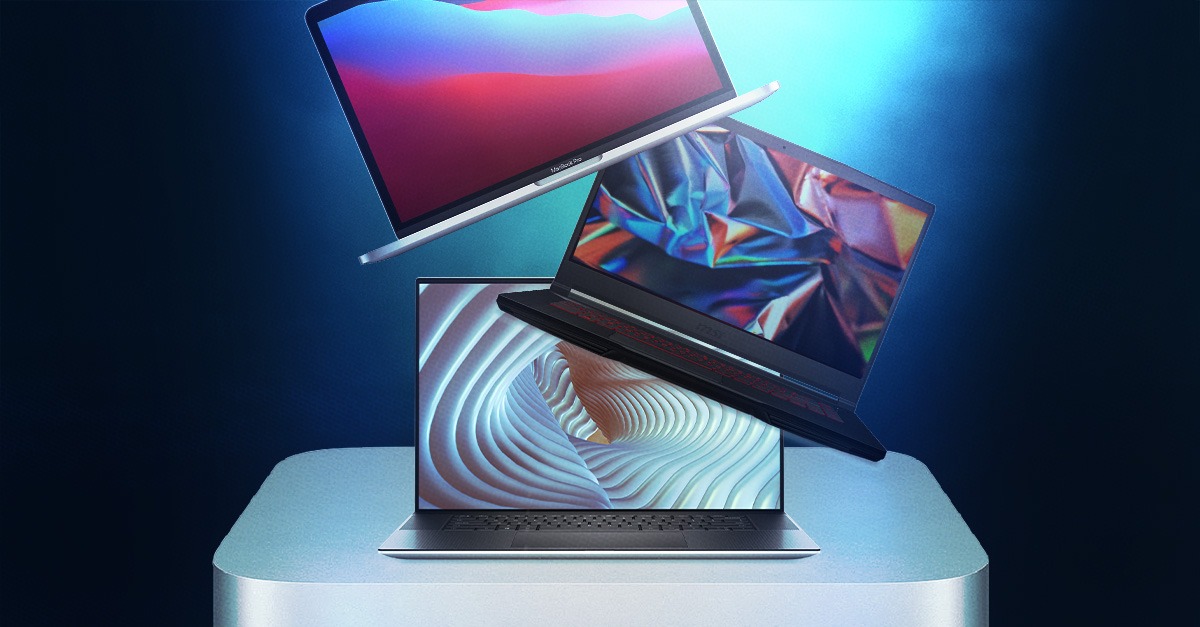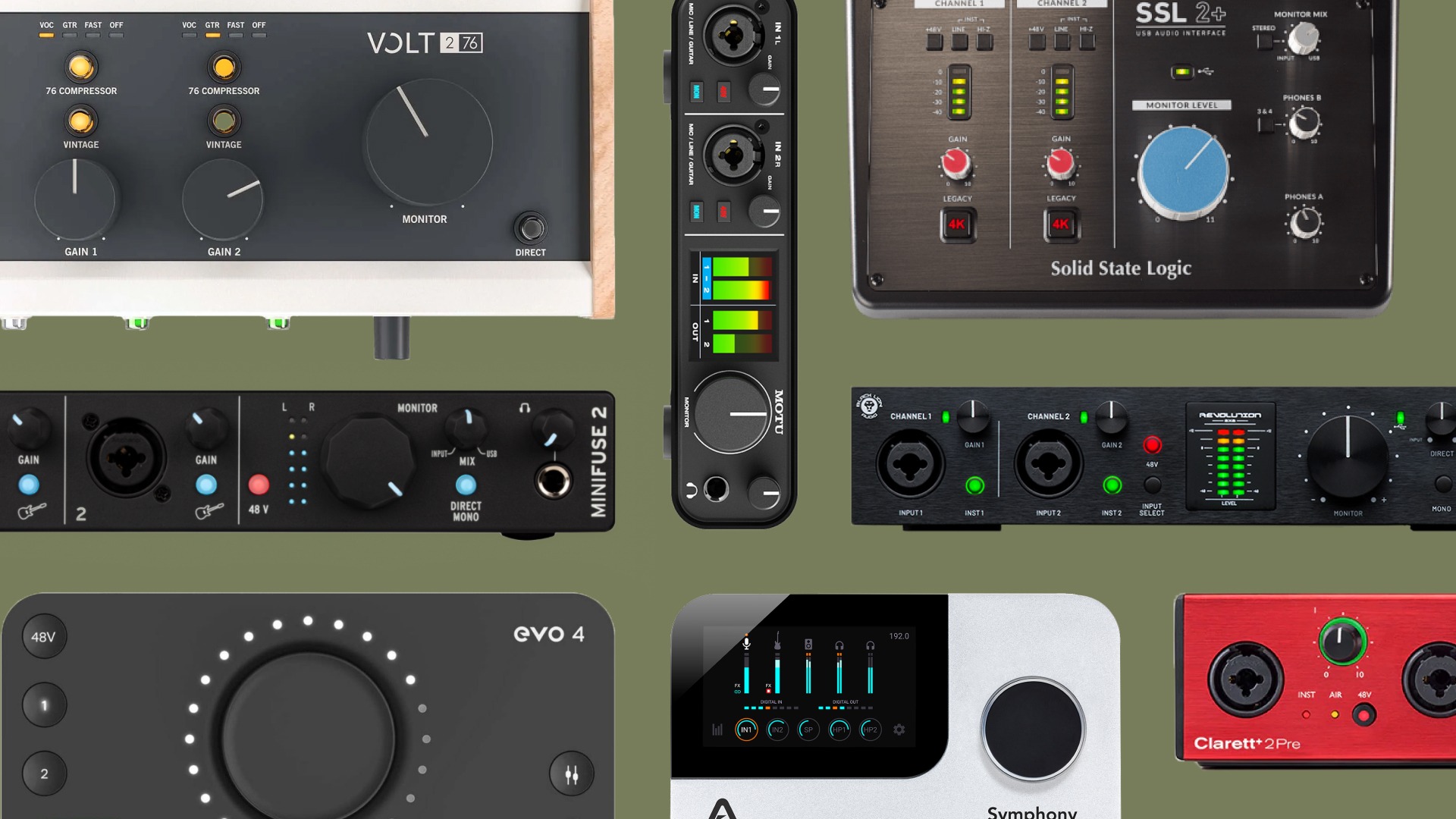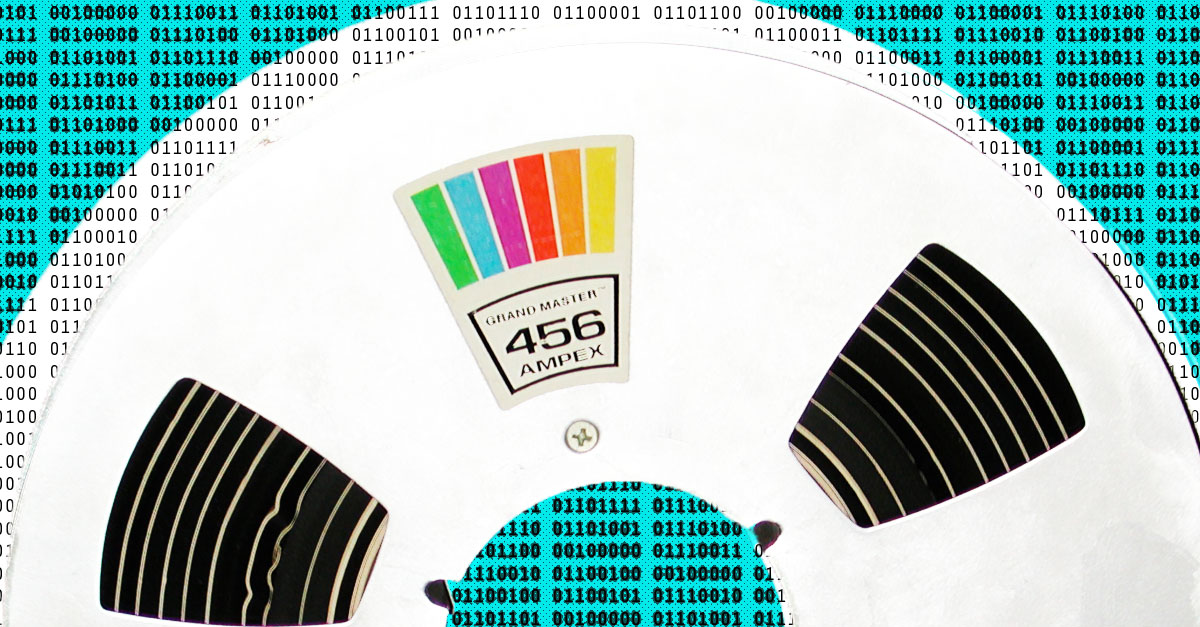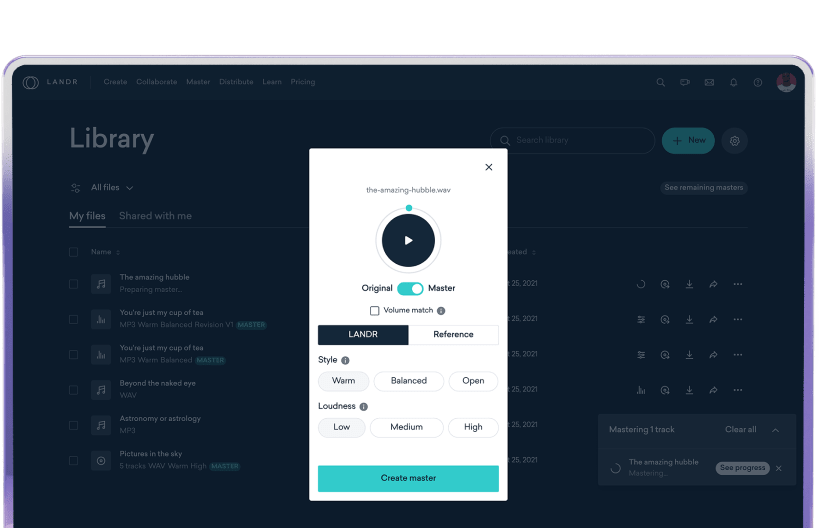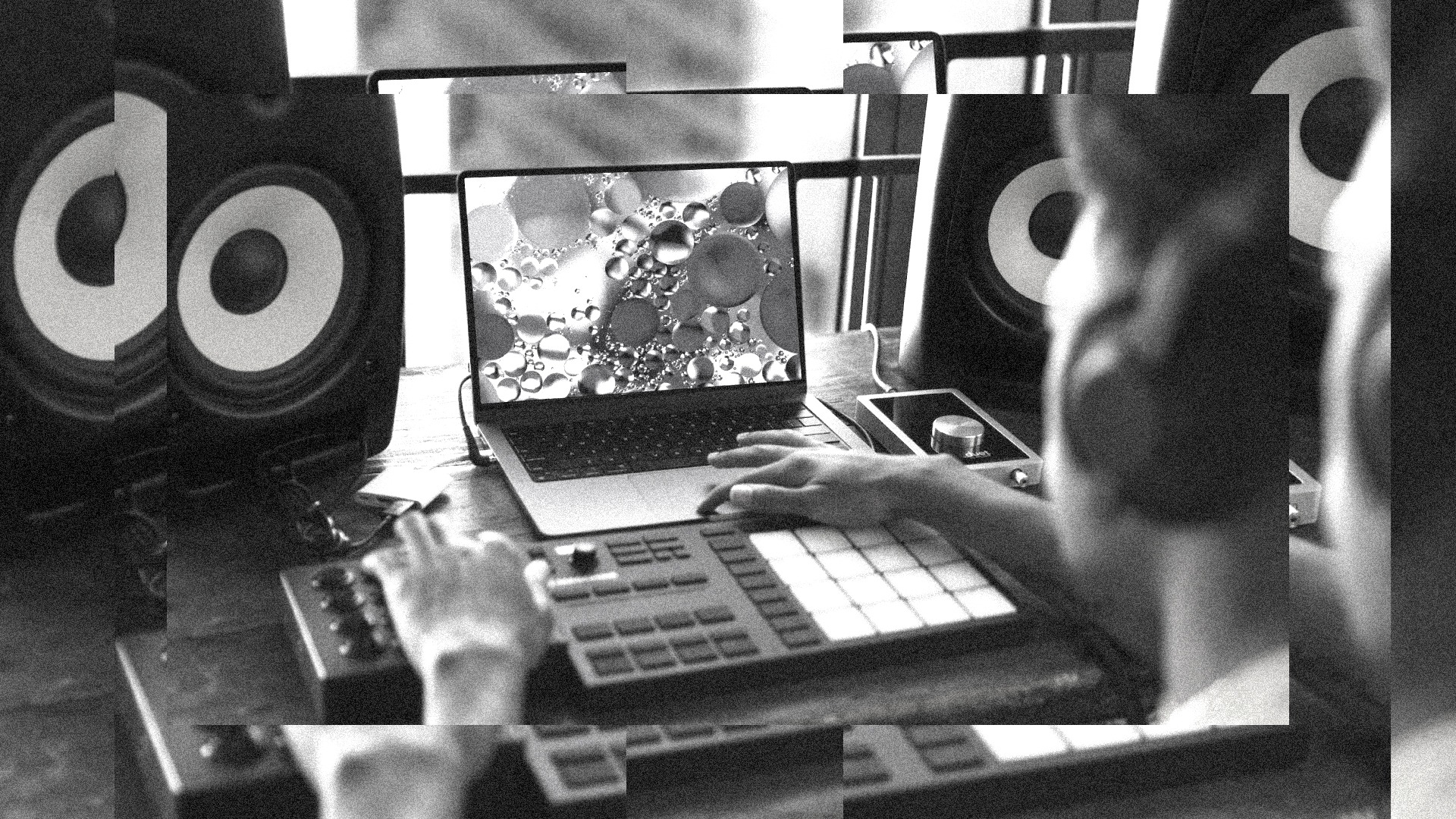
How to Make Electronic Music: Starter Guide for Producers

How do you make electronic music? You’ve come to the right place to find out.
There are so many different kinds of electronic music out there, and they can all sound radically different from one another.
But pretty much all of it is created using the same fundamental concepts and types of equipment.
So, whether you’re into EDM, techno, chiptune, or bardcore, this article will get you started. Let’s dive in.
What you need to make electronic music
To make electronic music, you’ll need the right tools. Let’s run through the absolute essentials and a few additional options.
Laptop or desktop computer
If you’re looking to get a new computer for music production, here are some recommendations to keep in mind:
RAM: Go for at least 16 GB for smooth multitasking. Consider 32 GB if you think you’ll work with larger projects or orchestral sample libraries.
Storage: Aim for an SSD with a minimum of 512 GB to handle DAWs, plugins, and sample libraries. It’s also wise to get an external SSD for backups and extra storage as needed.
CPU: If you’re partial to Apple, the M1 Pro, M1 Max, M2 Pro, or M2 Max chips are excellent for music production. They’ll deliver both powerful performance and efficiency.
For non-Apple options, we recommend Intel Core i7/i9 or AMD Ryzen 7/9 processors with strong single-core performance.
Audio interface
Your audio interface is responsible for converting analog audio to digital audio and vice versa.
This is essential for recording into your computer, processing sounds through external gear, and of course, hearing what you’re doing.
These are some factors to consider when it comes to your interface:
Inputs & outputs: Start with at least 2 inputs (for mics and instruments) and 2 outputs (for monitors), plus a dedicated headphone output. Popular options include Focusrite Scarlett 2i2 or MOTU M2.
Connectivity: We recommend opting for a model with USB-C for fast, reliable connections. Make sure your computer has the appropriate connectivity or factor in the purchase of a dongle.
Phantom Power: Ensure it supports +48V phantom power for condenser microphones.
Studio monitors
Studio monitors are speakers made specifically for music production. These considerations should help you find the right ones:
Size: We recommend going for 5-7 inch drivers (e.g., KRK Rokit 5 or Yamaha HS5) for a good balance of clarity and size in small to medium-sized rooms.
Frequency response: Look for a flat frequency response to ensure accurate sound reproduction without coloration. Reviews of monitors from reputable publications will usually tell you whether or not a model has adequately neutral sound.
Room size: Consider monitors suited for your space. Smaller monitors work better in untreated or smaller rooms.
It’s also a good idea to have headphones if you want a more detailed sense of how your music is sounding, or simply to avoid disturbing your neighbors.
Keep in mind that an accurate, neutral sound is just as important with headphones as it is with monitors.
Audio Technica ATH-M40x and Sony MDR-7506 are models worth looking into.
DAW (digital audio workstation)
Your DAW will be the primary piece of software you use to make electronic music. It’s where you’ll record, arrange, process, and mix your tracks.
There are quite a few DAWs out there today at various price points, but when it comes to electronic music, some DAWs are more suitable than others.
Ableton Live, for example, is known as a go-to DAW for people who make electronic music. It’s offered at a few different prices, and you can even get it bundled with other products. LANDR Studio, for example, comes with Ableton Live Lite.
Reaper is another DAW commonly used by electronic music producers, and it’s particularly affordable. In fact, its 60-day free trial version doesn’t lock you out when it expires, so you can take longer than that to evaluate it if you want.
Bitwig Studio is another DAW whose feature set is focused heavily on electronic music production. Its built-in modular synthesis environment is deep and rewarding.
To get a better idea of the DAW options available these days, you can check out our article on the subject.
Plugins
Plugins are smaller pieces of software that are used within your DAW and are typically designed for a specific purpose.
Synthesizer plugins, sampling plugins, and effects plugins are the main examples.
Most DAWs come with their own plugins built in, and you can usually get started making electronic music right away without having to get third-party ones.
That being said, producers routinely use third-party plugins because they can offer more powerful results than the ones built into your DAW.
LANDR Studio comes with an excellent range of plugins that includes synthesizers, samplers, effects, and more.
MIDI keyboard/controller
Your DAW and the plugins you use to produce electronic music will be much easier to play and control if you have the right MIDI equipment.
A MIDI keyboard allows you to play virtual instruments in your DAW using a standard musical keyboard.
A MIDI controller allows you to control the parameters of your software for easier and more natural performance, not to mention a more pleasant workflow.
Some of our favorite MIDI devices are in Arturia’s KeyLab, KeyStep, and BeatStep series. We highly recommend checking them out.
⬆️ Back to top
Basic steps for making electronic music
Once you have everything you need to make electronic music, it can be tricky to know where to start. Here’s what we recommend:
Learn the basics of your DAW
You and your DAW will be spending a lot of time together, so it’s only right that you learn the ins and outs as early as you can.
If you’re a beginner, reading the manual of a DAW can be a bit intimidating and overwhelming.
For this reason, we often recommend starting with an introductory video course or a quickstart video made by the manufacturer of the DAW.
We feel these are the most important functions of a DAW to get familiar with right off the bat:
Interface basics: Learn the layout, including the timeline, mixer, and file browser.
Tracks: Understand how to add and edit audio and MIDI tracks.
Built-in devices: Learn to manage, load, and use the instrument and effects devices that come with the DAW.
MIDI editing: Learn how to use your DAW’s piano roll to create melodies, chords, and drum patterns.
Arrangement: Practice arranging and editing clips on the timeline, as well as how to automate parameters for more dynamic changes.
Exporting: Know how to export your track as an MP3 or WAV with the proper settings.
Learn the basics of synthesis
The synthesizer is probably the most important instrument in electronic music.
Learning the basics of how synthesizers work will pay off time and time again as you develop your skills as an electronic music producer.
Even if you plan on using samples more often than synthesizers, the way synthesizers are designed has had a huge influence on how sampling works.
So we highly recommend diving into this article, this article, or videos like this.
Learn how to use samples
Samples can be just as important a part of electronic music as synthesis.
In fact, it’s not uncommon for electronics musicians to work with samples more than they work with synths.
This is another set of skills that will come in handy constantly as you make electronic music. We recommend focusing on the following concepts:
Editing: Master basic editing like trimming, cutting, and looping to fit your project.
Time-stretching: Use tools to match sample tempo and pitch with your track. Ableton Live is especially good for this.
Layering: Experiment with layering samples creatively for fuller sounds or unique textures.
Filtering & effects: Learn how to use filters on samples just like you would with a synthesizer. And, of course, explore the use of different effects on your samples.
Sourcing & selecting: The better your sample selection is, the less you’ll struggle when making your tracks.
We highly recommend exploring a library of high-quality samples like LANDR Samples.
Experiment with effects
All music production uses effects these days, but extensive and exploratory processing of sounds in electronic music is arguably what defines the genre.
Delay & reverb: Add a sense of space to your sounds and explore unusual or extreme settings for innovative results.
Chorus, flanger, phaser: Alter the sonic character and stereo field of your sounds with these common modulation-based effects.
Distortion & saturation: Add a little grit and weight to your sounds or distort heavily for more intense, aggressive results.
Granular effects: Cut your sounds into dozens of slices that shift and change dynamically, giving you unique textures and immersive ambience.
We’ve been stocking LANDR Studio with lots of effects plugins that can take your music to another level, so we highly recommend checking them out.
Understand MIDI & sequencing
From drum patterns to basslines, melodies, chord progressions, and beyond — MIDI is the “brain” of electronic music.
As we mentioned earlier, the piano roll that’s built into your DAW is a great first step to learning how to sequence your virtual instruments.
However, we recommend learning the MIDI capabilities of your DAW as deeply as you can. This is another area of skill and knowledge that will always reward you.
MIDI effects: DAWs like Ableton Live and Logic give you tools for processing MIDI in real time. We recommend exploring this if you want to get more dynamic and experimental with your MIDI.
MIDI generators: There are some powerful plugins out there for generating chord progressions, melodies, drum patterns and more. LANDR Composer is fantastic for generating tonal MIDI.
Arpeggiators: These MIDI processors will turn chords into arpeggiated melodies. Some arpeggiator plugins, like EON-Arp, are especially powerful and fun to use.
⬆️ Back to top
Common mistakes when making electronic music
When learning how to make electronic music, you’ll save yourself a lot of trouble if you avoid some common pitfalls. Here are a few examples:
Trying to make everything loud
Unless you’re focusing on ambient music, a lot of electronic music tends to lean a lot on loudness. This is especially true about EDM, dubstep, techno, and DnB.
What’s important to remember, though, is that electronic music is also about the detail and strength of your sounds — which isn’t the same thing as loudness.
Using too much compression or misusing distortion can take the dynamics out of your tracks, so we recommend striving for a balance between impact and clarity.
Keep your master bus level at a peak of about -4 to -6 dB so that there’s enough headroom for the mastering process to accomplish the kind strength and presence you want.
Speaking of which, we recommend learning about mastering here. It’s the most important final stage in finishing your music.
Letting your bass get out of hand
From the kick drum to the bassline to the sub-bass rumble, bass frequencies are another major area of focus when making electronic music.
Because of this, a lot of beginner producers will pack their tracks with too much energy in the low frequencies, or let unnecessary low frequencies build up in the mixdown.
Bass has a way of eating up a lot of volume in a track, which means your other elements can struggle to compete, leading to a muddy mess if you’re not careful.
So, be sure to EQ or filter out low frequencies from middle or high-frequency elements that don’t require bass, including your reverbs.
It’s also a good idea to have a subwoofer so that you can have a clear picture of your bass while working on your music.
Going crazy with reverb
A good reverb can make a lot of things sound bigger, more lush, and more immersive. This is especially relevant when making electronic music.
But if you use too much reverb on too many of your sounds, this can cause a lot of unnecessary energy to build up in the mid, lower-mid, and low frequencies.
For this reason, we recommend using less reverb than you think you need.
If you’re making ambient music that relies on a lot of reverb to create an atmosphere or a sense of vastness, we recommend simplifying the number of elements you’re using in your tracks.
It can also be a good idea to EQ your reverbs so that the frequency content in them doesn’t conflict with your main elements.
Not starting with good samples
One of the more frustrating things that can happen when making electronic music is getting stuck in an endless cycle of processing and tweaking your sounds.
When it comes to samples, this tends to happen when you haven’t started with a great, high-quality sound in the first place.
We recommend being as deliberate and purposeful as possible about collecting your sounds so that the overall quality of your library is as high as possible.
Getting sounds from a well-curated library like LANDR Samples is a particularly effective way of doing this.
Getting too many plugins
Let’s face it — there are more plugins out there than anyone can keep up with.
Because of this, it’s easy to either get overwhelmed by the options or spend more time trying plugins than you spend making music.
It’s a good idea to avoid this scenario by starting with one or two plugins within each major category and focusing on developing your skills.
It can also help a lot to get a well-curated bundle of plugins that takes care of the selection process for you.
We recommend checking out the plugins included in LANDR Studio to see what we mean.
⬆️ Back to top
Time to make some electronic music
Now that you’ve got the basic ideas and necessities figured out, it’s time to start your journey and get your hands dirty.
Jump into your DAW, apply the knowledge we’ve covered in this article, and see what you can come up with.
Your first tracks may not sound perfect, but it’s important to just let yourself explore and understand the process.
With time and consistent effort, we’re sure you’ll make some amazing stuff.
Gear guides, tips, tutorials, inspiration and more—delivered weekly.
Keep up with the LANDR Blog.
